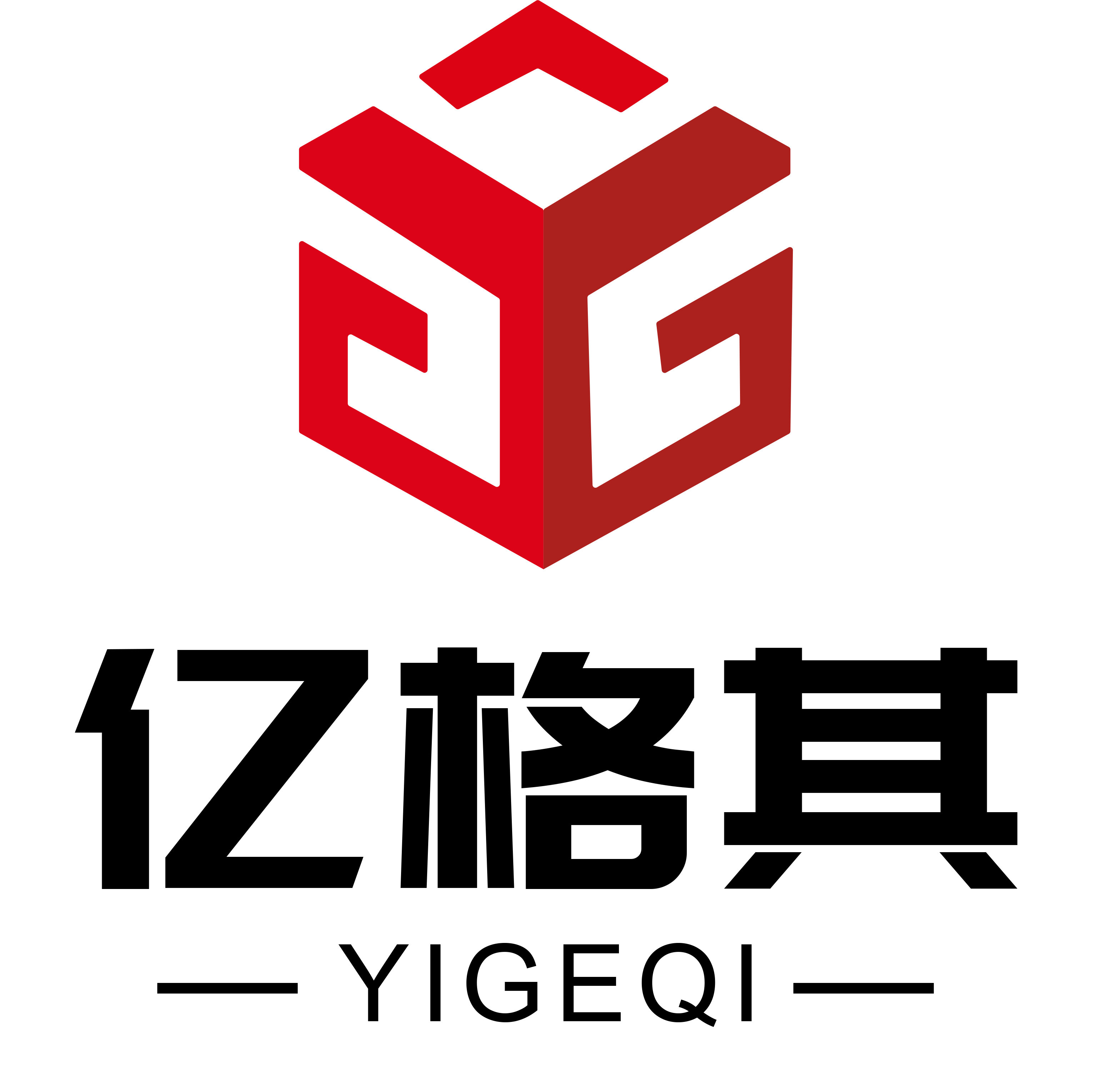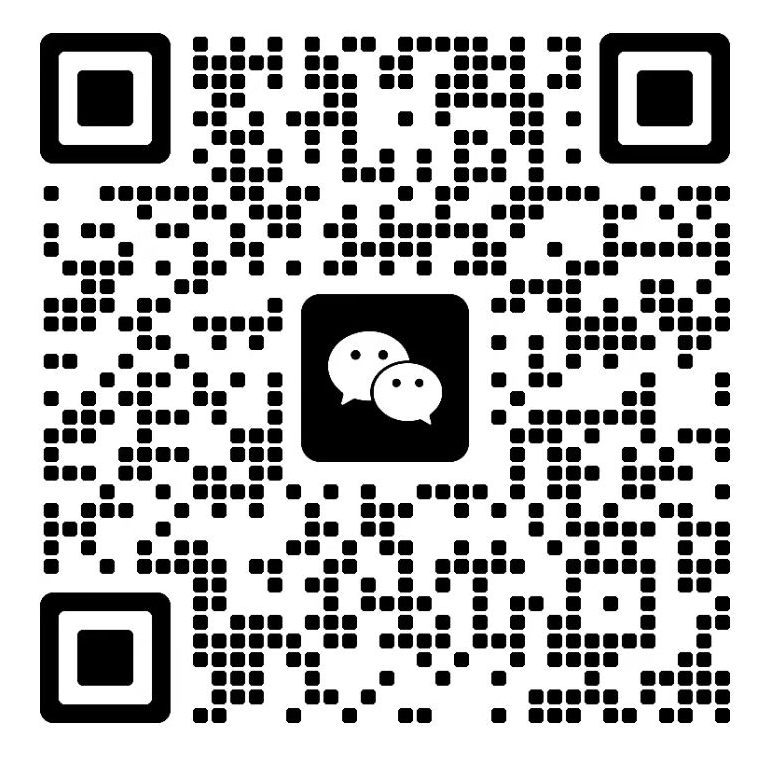In the field of industrial production and material storage, accurately mastering the liquid level height in containers is of extraordinary significance for process control, safety production, and efficient operation. Radar level meters, with their outstanding microwave technology, are like precise “liquid level scouts,” playing a vital role in numerous industries. A thorough understanding of their installation points and wide application scenarios can better harness their value.
The “field of view” of the radar level meter needs to be clear and undisturbed. When installing, avoiding “signal interference sources” such as feed inlets, agitators, and heaters is a primary consideration. Inside a chemical reactor, the material pouring and churning at the feed inlet resembles a “signal storm zone.” If a level meter is installed near this area, the chaotic microwave reflections can cause the measurement data to become “disorganized,” leading to a sharp increase in errors. Maintaining a horizontal distance of 30 to 50 centimeters allows the microwave beam to “strike” smoothly and “return” accurately. The shape of the container and its internal structure must also be clearly understood. For conical containers, the antenna’s vertical alignment must be calibrated. For large oil storage tanks with heating coils and support beams, the installation position must be chosen cleverly to allow the beam to weave through the “steel jungle,” reaching the surface of the material.
Flange installation is the “mainstream method.” The container top is prepared with a compatible flange, which is then aligned with the level meter and tightened with bolts and sealed with a gasket, ensuring the sealing integrity of chemical storage tanks and meeting hygiene and safety requirements. For small containers or low-pressure conditions, thread installation is preferred for its convenience and flexibility. However, thread matching and fastening control must be meticulous to avoid loosening that could “cause trouble.” The setting of the installation height is a subtle science that takes into account the maximum level and the “blind spot” range. The “blind spot” is influenced by the model and the position of the antenna. Careful calculation of the installation height ensures that the material is fully within the effective monitoring “field of view,” preventing the antenna from being “drowned” and becoming ineffective.
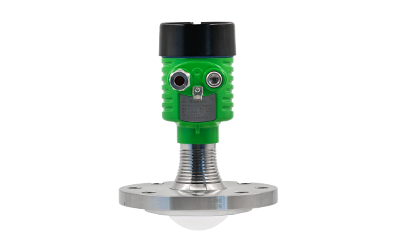
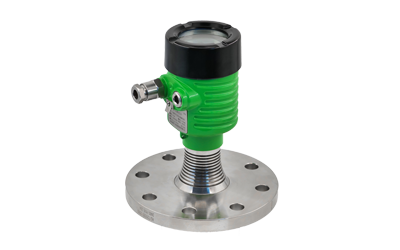
Radar level meters empower efficient operations across multiple industries. Here are the applications of radar level meters in various industries:
Chemical industry: Raw material control and reaction monitoring:
In the chemical raw material storage, liquids such as acids, alkalis, and organic solvents await deployment in storage tanks. Radar level meters, with their non-contact “skill,” are unafraid of corrosion “threats” and accurately measure liquid levels. This allows for precise scheduling of raw material inflow and outflow, providing a accurate basis for cost accounting and inventory management. Inside chemical reaction kettles, processes like polymerization reactions are in full swing, with liquid level dynamics affecting quality and efficiency. The level meter keeps a real-time “watch” and precisely “feeds” raw materials based on data, controlling the rhythm of the reaction. It is as if an “intelligent core” has been implanted into the chemical production process.
Oil industry: Precise calculation of reserves and supply assurance:
In the oil reserve repositories where “giant tanks” stand tall, the management of crude oil storage relies heavily on radar level meters. The presence of foam and impurities pose no obstacle to the microwave penetration, allowing for accurate measurement of liquid levels. Connected to automation systems, reserve data goes “online” in real time, providing a “navigation system” for inventory allocation and strategic planning. At gas stations, the fluctuation of fuel levels in underground tanks is crucial for supply stability. The level meter “keeps a sharp eye,” precisely timing refueling to solidify the foundation of safe operations.
Food industry: Quality protection and orderly production:
In food processing plants, where liquid ingredients such as juice and milk are stored in tanks, the radar level meter steps up to meet the “double high” standards of hygiene and precision. Non-contact measurement prevents contamination, and precise level control ensures accurate proportions throughout the storage and processing stages. This safeguarding of consistent flavors and high-quality products supports the safety and deliciousness on the palate, effectively “escort-ing” the quality and order of food production.
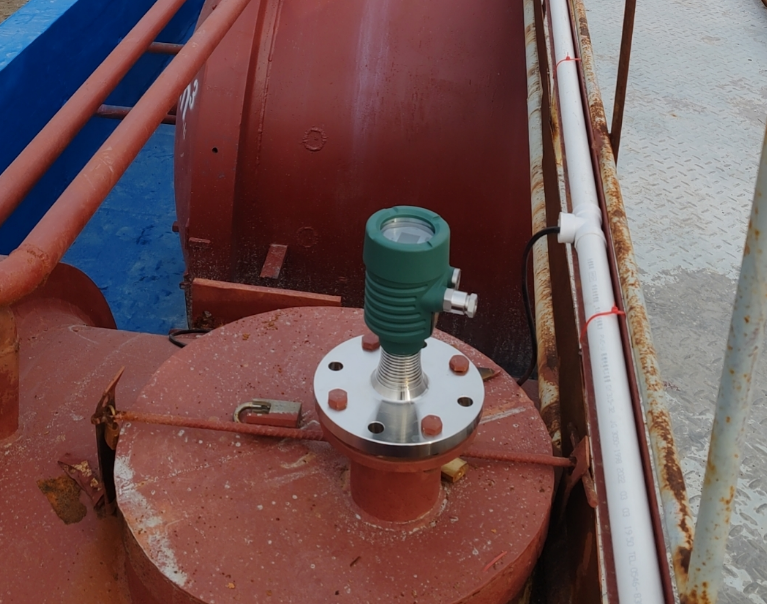
Starting with scientific installation, radar level meters “intensively cultivate” complex scenarios across diverse industries. They weave a network of efficient operations with precise data, helping enterprises stand firm at the forefront of the industrial wave and surge forward, unlocking new chapters in intelligent and refined production.
